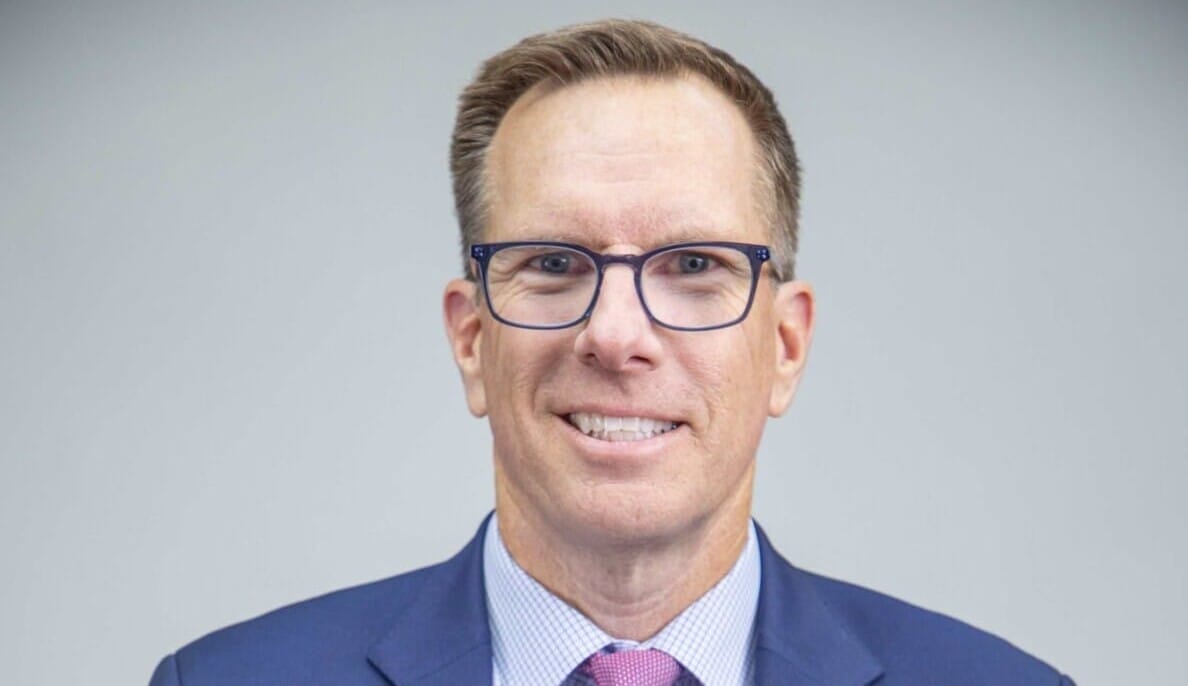Ten years ago, the UK’s £20.9 billion ($26.1 billion) Wellcome Trust, the charity established in 1936 with legacies from pharmaceutical magnate Sir Henry Wellcome, had a budget of about £500 million to spend on its medical and scientific research. Today, that has doubled, thanks to the success of an investment strategy split across public and private equity, hedge funds, property and infrastructure. Most recently, the fund has also been buoyed by slashing exposure to sterling ahead of the Brexit vote. Wellcome has just reported its investment portfolio added £3.5 billion in the year to September 2016, posting a return of 18.8 per cent.
Calling sterling correctly ahead of Brexit, as well as reaping the benefits of a steadily reduced home-country bias, are key components behind the latest returns. It means more money to fund initiatives such as developing vaccines, fighting drug resistant infections and mining patient data.
“Tactically, we viewed the risk to sterling from the referendum to be asymmetric and reduced our sterling exposure (including hedges) to a [record] low ahead of the vote. Sterling’s subsequent depreciation – and generally steady performance in underlying assets – enabled us to record a sterling return in the year of 19 per cent,” the fund’s trustees state in a recent report.
The Mega Cap Basket
Another reason behind Wellcome’s success is a substantial public-equity allocation. An internally managed Mega Cap Basket (MCB) which, at £5.2 billion accounts for 45 per cent of Wellcome’s 50.5 per cent public-equity exposure, drove returns. Unlike external managers with a bias towards smaller, higher-beta companies, the MCB is characterised by solid, large enterprises. It has intrinsic advantages that include the absence of management fees, an ability to use long-term market timing (for example, in 2015, the fund added consistently to unpopular resource stocks) and all the benefits that come with patient capital. Of the 27 stocks in the basket, 25 were first bought in late 2008.
“We have only rarely sold shares in any of these,” the trustees explain. “We have sold out of 10 companies completely; we have added three new ones, one of which (Facebook) we had held since it was private. We have 10-year absolute return targets for each company and no focus on market or sector comparisons. Each member of our investment team covers no more than four MCB companies and we have regular and constructive engagement on long-term themes with senior management. Hence, we buy and sell businesses, not share prices.”
This success has thrown a harsh spotlight on the fund’s external managers, whose returns have been much poorer. Wellcome’s 11 external equity managers are responsible for £4.2 billion worth of equity investments between them; eight underperformed against their reference benchmarks, by at least 5 per cent in each case.
“Although nine of the 11 are still ahead of their benchmarks over five years, warning bells are sounding,” the trustees note.
Over the past decade, the fund has reduced its external active management mandates in global and developed equity markets from 85 per cent to about 20 per cent of total public market exposure.
Hedge funds ‘underwhelming’
Today’s large 10.7 per cent allocation to hedge funds has been steadily halved from 23 per cent in 2008. Strategy includes a broad allocation that considers a variety of approaches but avoids funds that employ substantial leverage to achieve returns. It is also an allocation that is struggling.
“Hedge funds had a poor year and performance over three and five years is now underwhelming,” the fund’s trustees note. “Among the multi-strategy funds, it is evident that a number of firms, if not all, simply grew their assets too far and too fast. Among the equity long/short funds – even those with the discipline to remain hard closed to new monies, as virtually all of ours do – many are … being caught in ‘crowded trades’ [like] long-only managers. For them, after strong performance in 2014-15, it was a particularly disappointing year.”
Nevertheless, the trustees note that hedge funds should soon benefit from reinvestment risk rising elsewhere, as prospective future returns diminish from equities and, notably, from bonds, making long/short funds more competitive. However, the headwinds still appear strong.
“Very careful attention to bottom-up selection will remain key,” they advise.
Premium return from private equity
Private equity accounts for 25.2 per cent of the portfolio, in an allocation that has “continued to provide a premium return after costs and fees for illiquidity”. In 2015-16, large buyout funds led the way, with a 16 per cent return in US dollars. Although venture realisations have slowed after a couple of “spectacular” years, things could be about to improve. The fund’s 10 largest venture exposures have a substantial discount to the valuations their latest round of capital raising implies, the trustees note, adding, “There would appear to be plenty of latent value.”
Property interests of £2.4 billion are overwhelmingly UK-based and had a stable year, although the impact of the referendum vote is still being assessed.
More disruption ahead
Going forward, Wellcome’s trustees note, disruptive forces will continue to affect the part of the portfolio invested in higher-risk assets such as venture funds, direct private investments and multi-asset partnerships in selected emerging economies. These forces will include tailwinds such as the shift to e-commerce, the sharing economy and the impact of social networking.
On a sectoral basis, Wellcome will maintain its high exposure to technology-based companies and financials, especially in the US, for which prospects are “robust”. Wellcome is also betting on increased consumer demand, tilting towards China, India and other developing markets.
“Our increased investment in 2015 – both in energy and mining companies and in long commodity financial instruments – has been well rewarded in 2016, as commodity prices have rebounded. Overall, we are comfortable, but certainly not complacent about both the shape of our portfolio and its component parts,” the trustees conclude.

